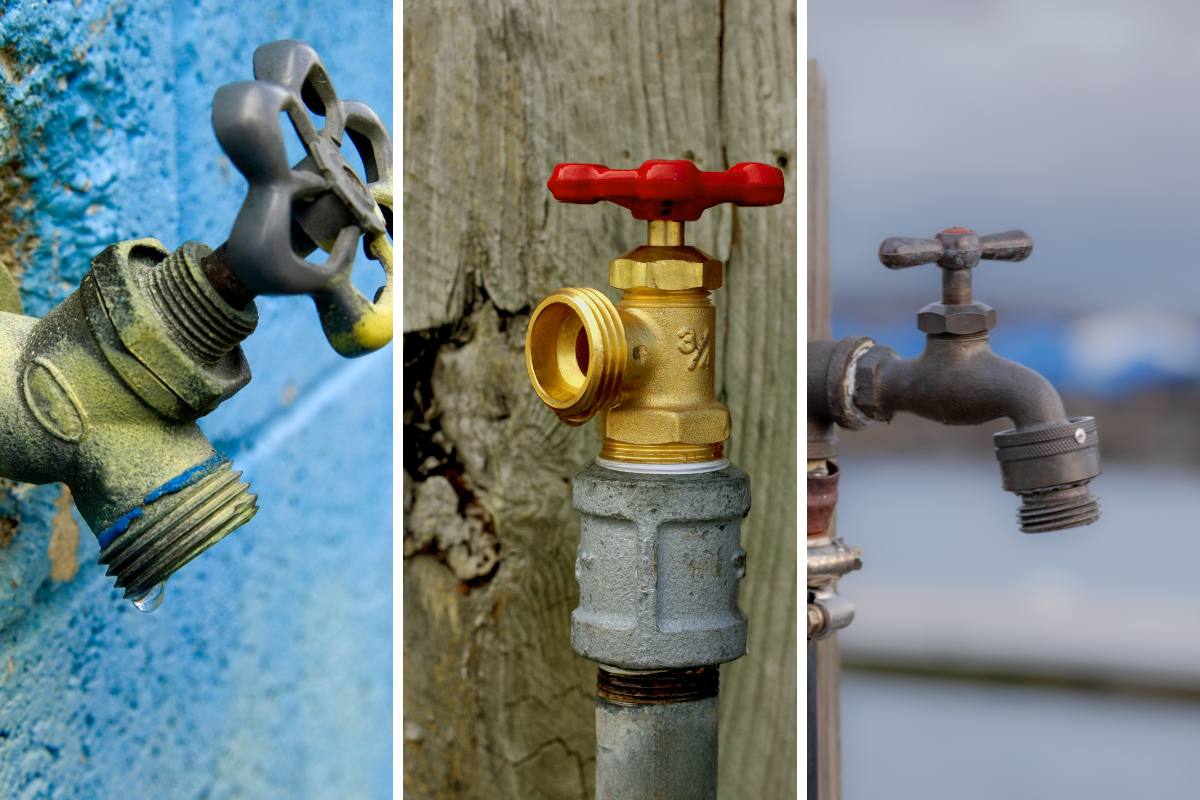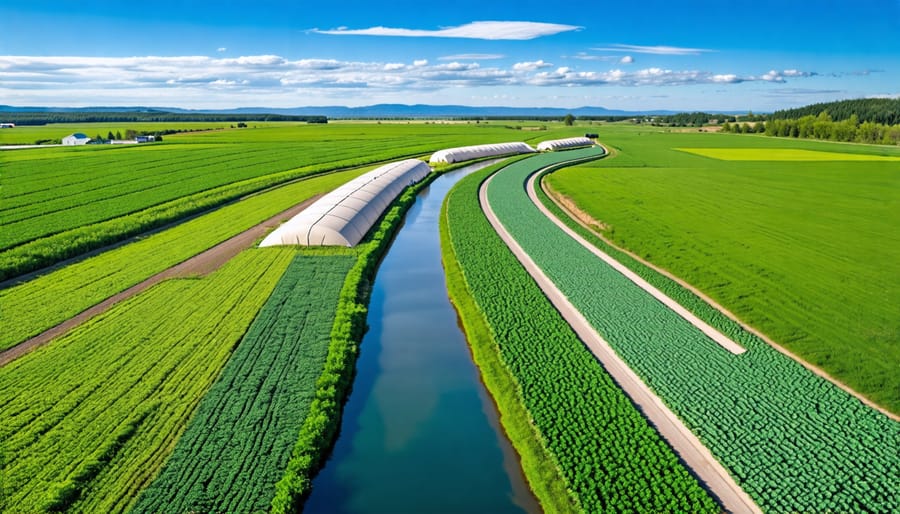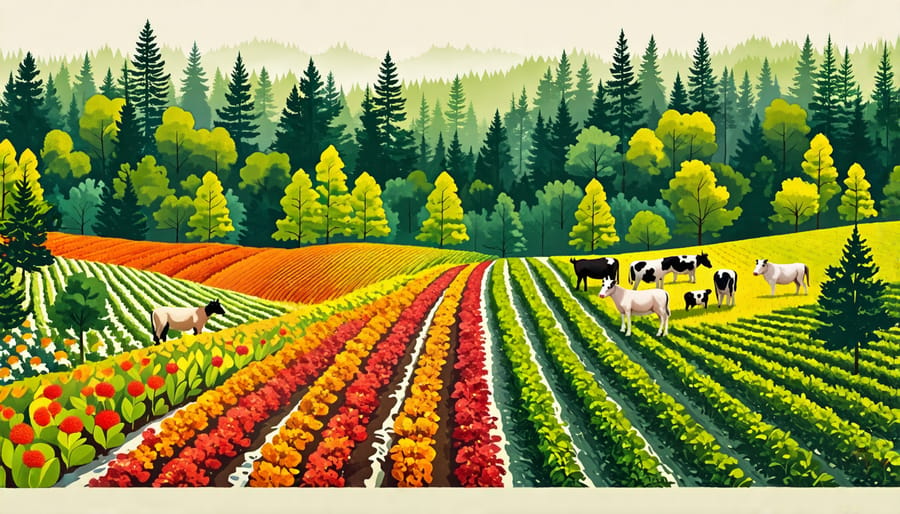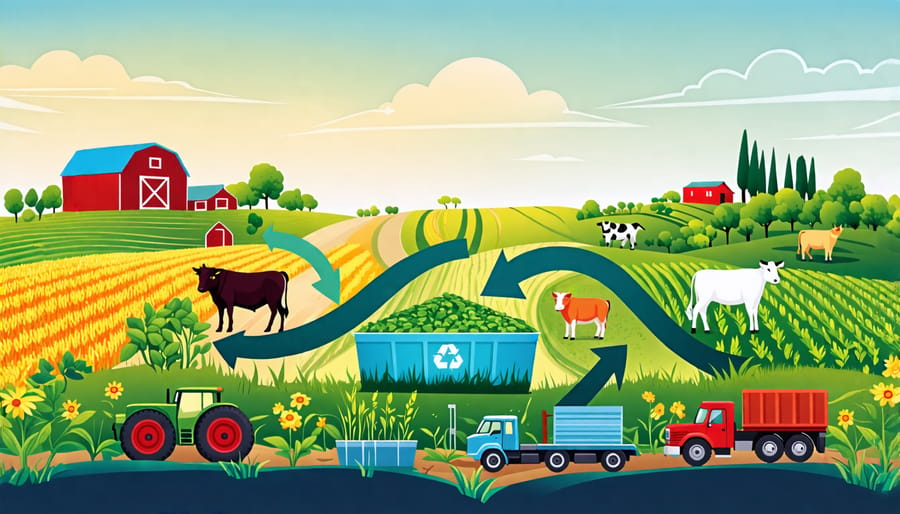When you are setting up your organic garden, it is easy to overlook something as simple as the different parts of an outdoor faucet. Whether you water your plants, fill up a watering can, or clean garden tools, having the right type of faucet can make all the difference. However, outdoor faucets come in various forms, each with specific features suited to different needs and climates. The three most common types are the sillcock, hose bib, and spigot. Understanding these differences can help you choose the best option for your gardening needs, ensuring your plants get the care they need without any unnecessary hassle. In this guide, we’ll explore each type of faucet in detail, discuss their pros and cons, and help you decide which is most suitable for your organic garden.
What Is a Sillcock?

A sillcock is a special type of faucet that you can find on the outside of a house. It’s made to be used outdoors, and it has a long metal pipe that goes through the wall of the house. This long pipe helps prevent the water inside from freezing during cold weather, which is really helpful in places where it gets very cold in the winter. You can turn the handle on a sillcock to start or stop the water flow, just like a regular faucet.
Pros:
Freeze Resistance: The long stem design prevents water from freezing in the pipe, which is crucial in colder climates.
Security: Many sillcocks come with a lock or can be fitted with one, preventing unauthorized use.
Cons:
Complex Installation: Installation might require professional help as it involves making a hole through the wall and ensuring there are no leaks.
Cost: Typically more expensive than simpler options due to their specialized design.
What Is a Hose Bib?
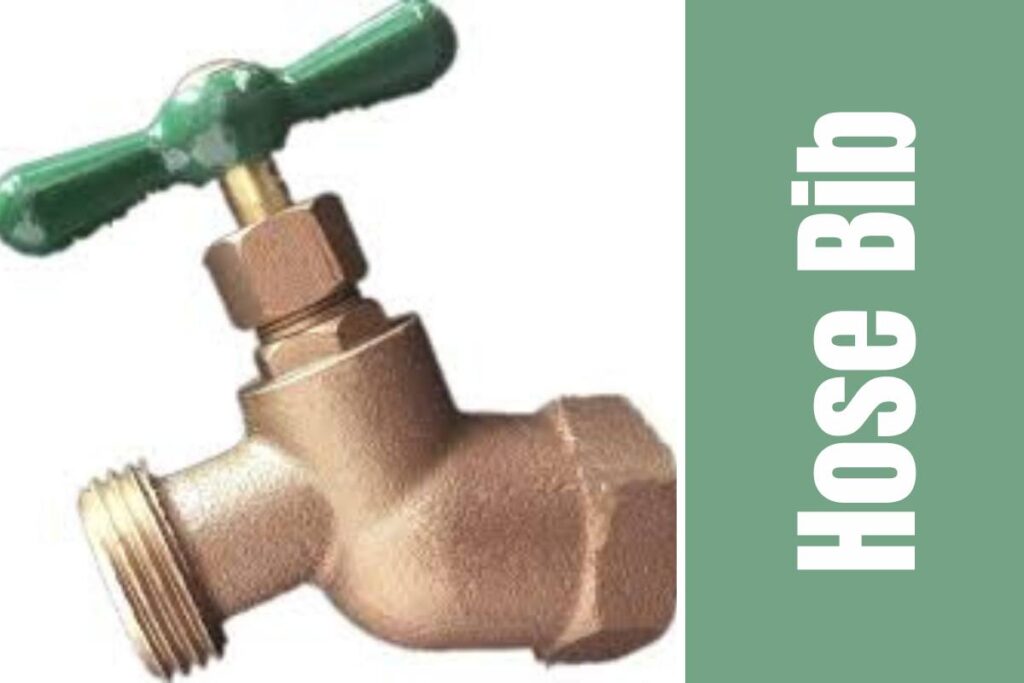
A hose bib is another type of outdoor faucet, but it’s simpler than a sillcock. It looks a bit like the taps you have inside the house, but it’s made to handle being outside. You can attach a garden hose to a hose bib, turn the handle, and water your garden. Hose bibs are very common and you might have seen one at your own home or at a friend’s place.
Pros:
Accessibility: Usually positioned at a convenient height for easy access and use.
Simplicity: Easy to use and familiar to most people, making it a straightforward choice for everyday gardening.
Cons:
Freezing Risk: In freezing temperatures, if not properly insulated, a hose bib can freeze and burst, leading to potential water damage.
Wear and Tear: Regular use can wear out the washer and other components, requiring occasional maintenance.
What Is a Spigot?
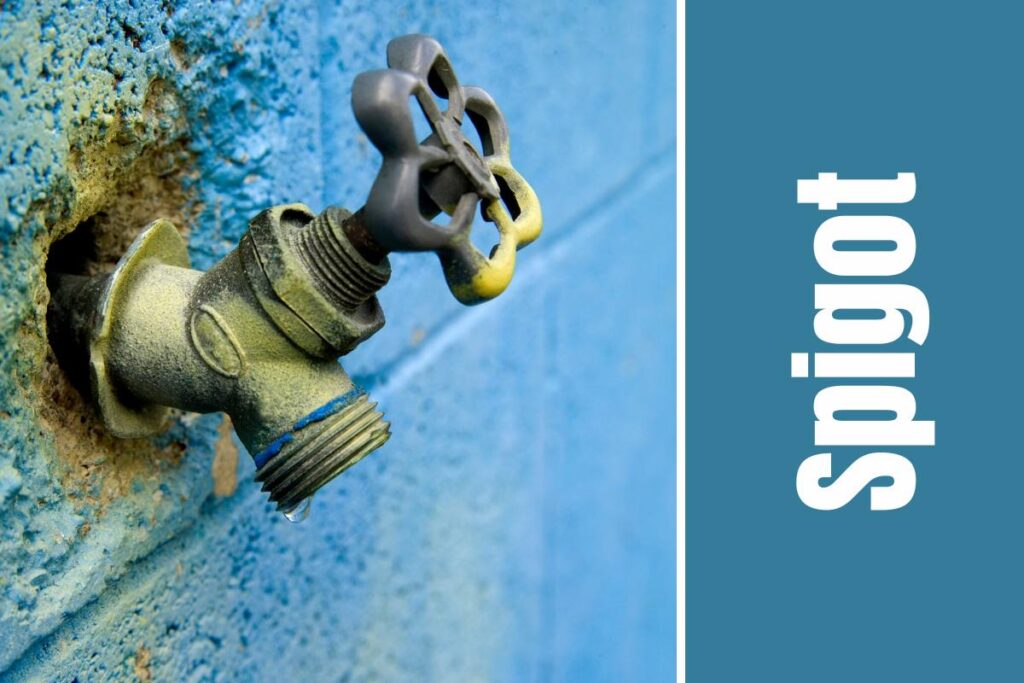
A spigot is a general term that often means any outdoor faucet where you can get water. It’s just another name for a tap outside. So, when someone talks about a spigot, they might be talking about something like a sillcock or a hose bib, or just a simple tap outside where you can fill up a bucket or wash your hands.
Pros:
Versatility: Can be adapted to many types of outdoor water systems and can fit a wide range of needs.
Ease of Installation: Depending on the design, spigots can be easier to install than more complex systems like sillcocks.
Cons:
Variable Quality: Since the term is generic, the quality and features can vary greatly, which means you might not know exactly what you’re getting unless you check closely.
Maintenance: Depending on the type, some spigots may require more maintenance, especially if they are not specifically designed to be freeze-resistant or durable.
Comparison Chart
| Feature | Sillcock | Hose Bib | Spigot |
|---|---|---|---|
| Definition | A faucet with a long pipe that prevents freezing. | A simple outdoor faucet for hoses. | A general term for any outdoor faucet. |
| Best Use | Cold areas to prevent freezing. | Any garden for easy water access. | General outdoor water access. |
| Installation | Requires installation through a wall. | Simple installation, often already present. | Varies, can be simple or complex. |
| Ease of Use | Easy to use with handle. | Very easy to use, familiar design. | Usually easy, but depends on the specific design. |
Which One is Best for My Organic Garden?
For an organic garden, having easy and reliable access to water is very important. A sillcock might be the best choice if you live in a place that gets very cold because it prevents the water from freezing. However, if you don’t have very cold winters, a hose bib works just fine and is usually easier to install and use. Both will help you keep your garden watered and healthy.

